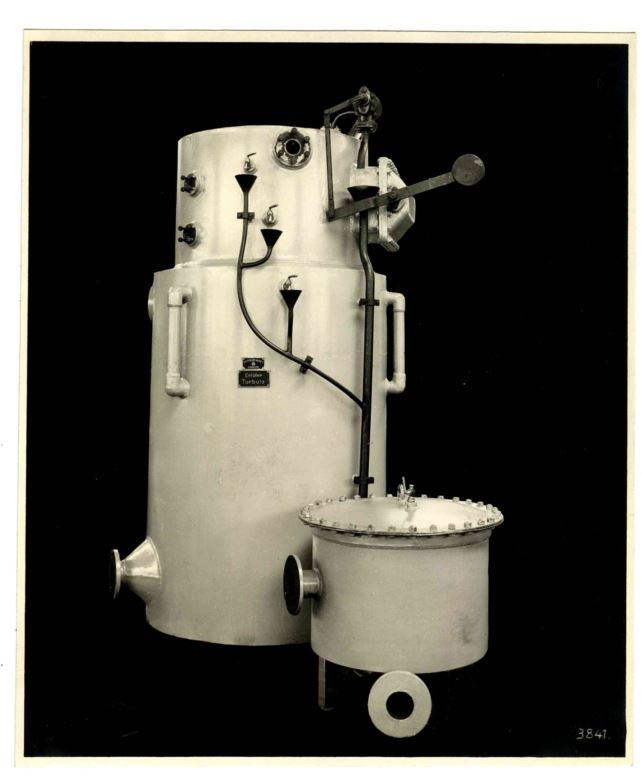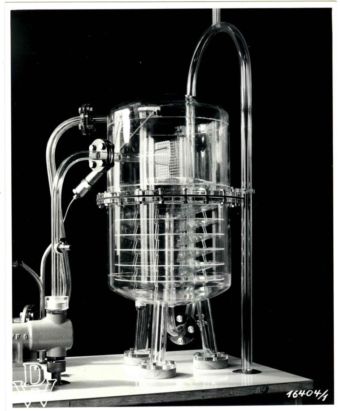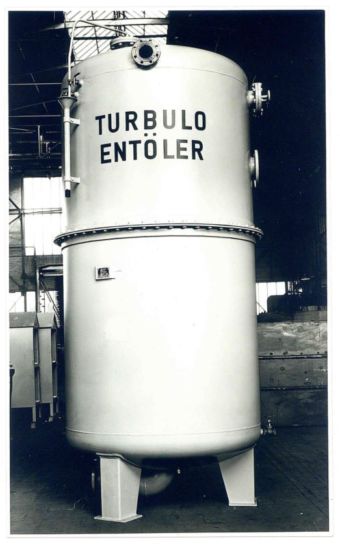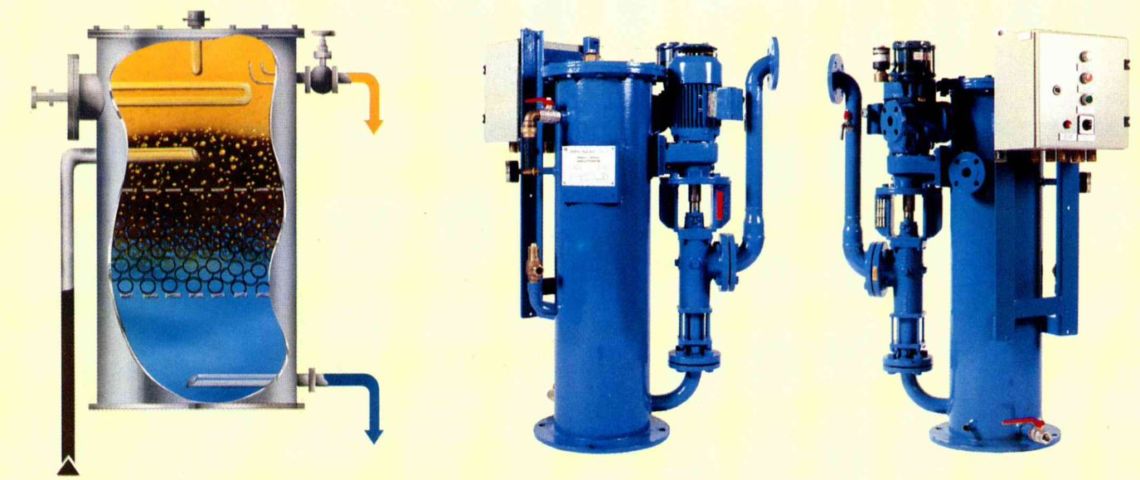Do you remember the first Turbulo system? Probably not, since its development takes us way back to 1925. As far as we can tell by examining the official documents that still exist today, Turbulo systems were the first ever de-oiling machinery.
In the 1920s, separating oil and bilge water was a matter of life and death. Compared to the ships of today, vessels in those days had a lot more areas where oil remained in close vicinity to people. In case of fire, the results would have been catastrophic. Separation was a means of reducing this risk, but was also used to clean bilge water before discharging, so that ballast could be reduced.
Regulations driving development
But even back then, protecting the environment was a concern for seafarers, as this shipping report dated 2nd April 1926 indicates:
During the time of National Socialism in Germany, there are no historical records of Turbulo to be found. Back then, there were still no strict regulatory requirements for separation. But with the emergence of regulatory bodies like the IMCO (Inter-Governmental Maritime Consultative Organization; now known as IMO – International Maritime Organization) in the 1950s that changed for good. The Turbulo systems developed in these days were one of the first machines to comply with the new standards.
Exploring new methods
The 1960s was a decade of research, where knowledge of fluid mechanics was well established and influenced the design of a variety of de-oiling systems. For example, pumps equipped with shaft friction wheels were used to move the liquids to the separator with minimal turbulence by using low rotational speeds.
In those days, the market was dominated by large machines with high throughput. There were increased efforts to observe and model oil droplets, and these led to the development of condensate de-oilers and fine fuel filters. In addition, piston pumps and friction wheel drives were popular onboard riverboats.
Bilge water separators usually processed up to 20 cubic meters per hour. To clean a tank, however, ship owners had completely different dimensions to cover. The Turbulo Fine Plate separator was a large de-oiling system that could handle around 400 cubic meters per hour. It needed a shipyard to develop such a system, since smaller companies simply did not have the necessary testing capacity.
While methods like Turbulo Groom did not stand the test of time and were soon replaced by alternatives, new inventions did enhance the application of Turbulo. Deutsche Werft developed the first monitoring systems in the 1970s, for example. By using fluorescent light, it was possible to measure the amount of oil in a liquid—a technique that is currently experiencing a revival.
In the 80s and 90s, there were renewed attempts to adapt processes and techniques used on land and test their use on ships. However, these were not always successful, and methods such as membrane separation were eventually deemed unsuitable for the maritime industry.
Turbulo today
With almost a century of experience and history behind it, Turbulo now offers a wide range of de-oiling products, covering the entire process. From the Turbulo Sludge Buoy system for cleaning bilge water tanks, to Turbulo SolidMaster, to the Turbulo Mechanical Phase Breaker (TMPB) for type-approved IMO applications. These are rounded off by the SKF BlueMon environmental monitoring system for MARPOL compliance.
Throughout the history of Turbulo there have been experiments and failures, but much more success. Bilge water is still highly complex and variable, and companies are still striving to find ways to clean it more economically. But since its first days in 1925 right up to the present day, Turbulo has always fulfilled its promise: To make de-oiling as simple as possible.








